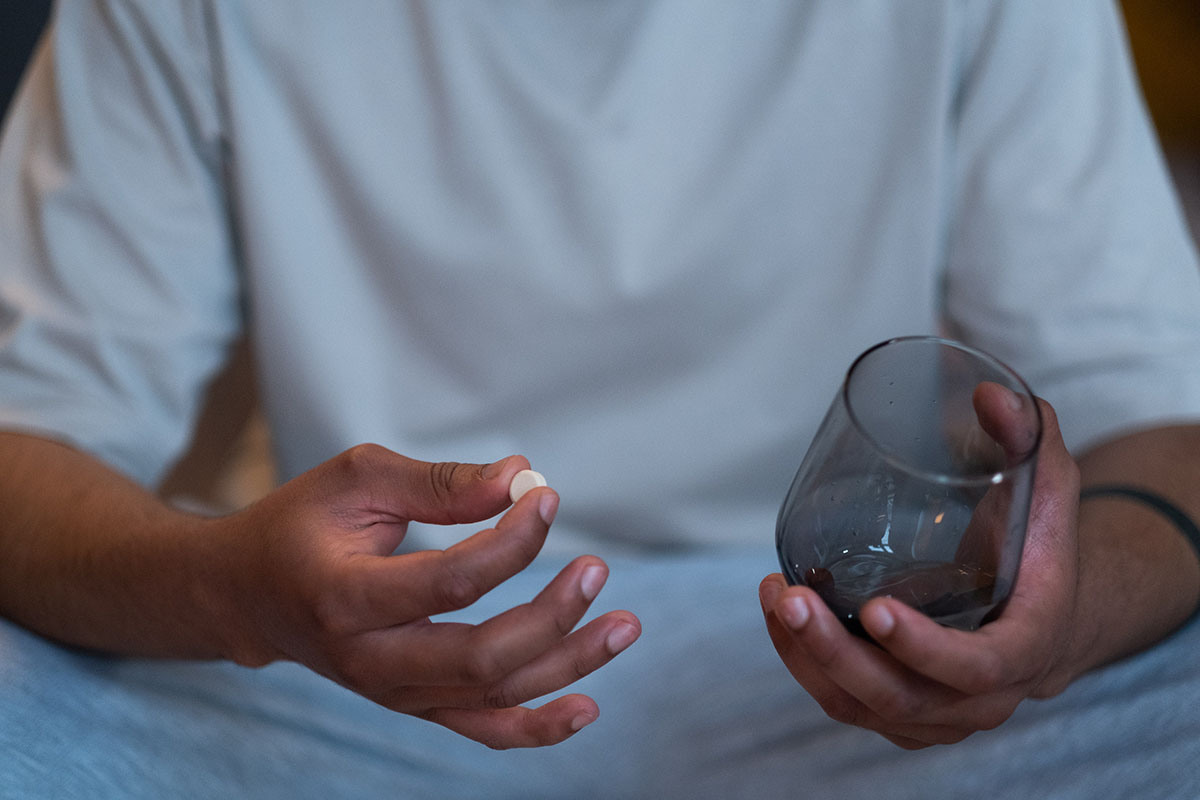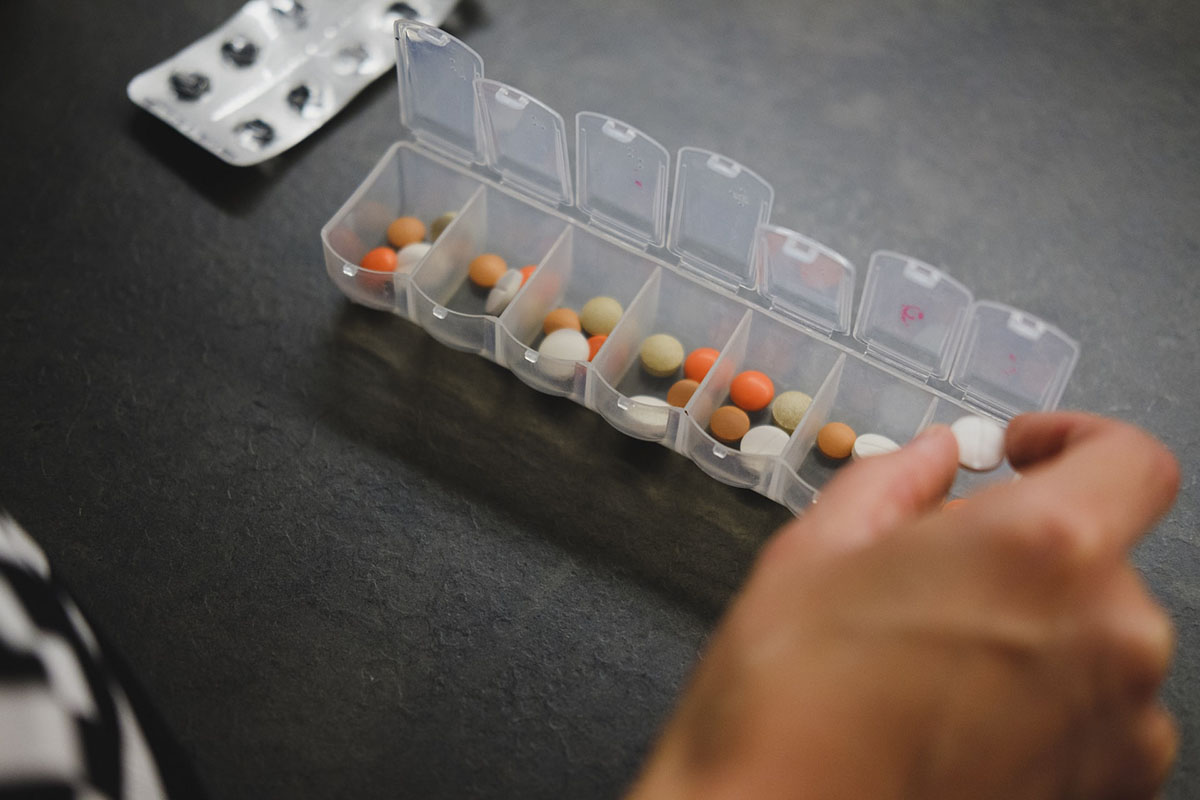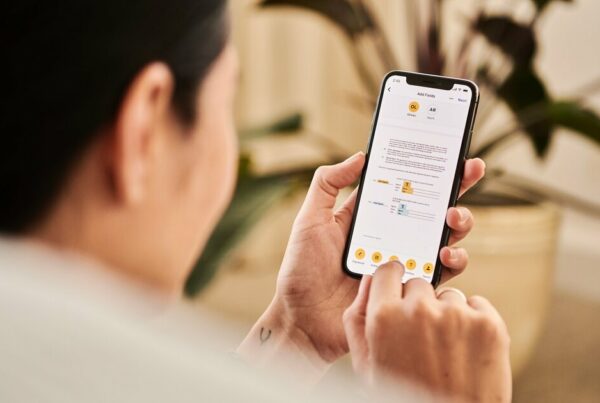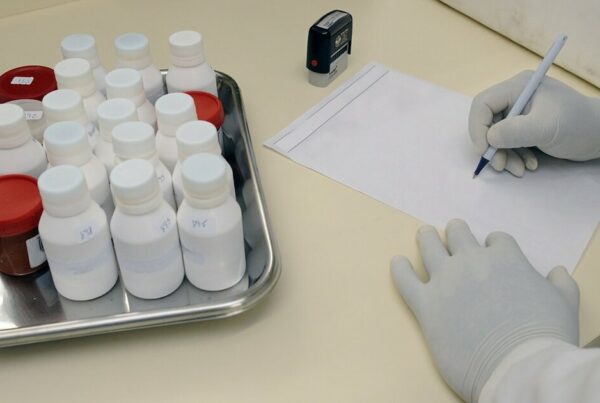Direct-to-Patient clinical trials are an emerging trend in pharmaceutical research, but are they the best option? Find out the benefits and challenges of Direct-to-Patient clinical trials. What types of trials exist? Do they have the same standards as traditional trials? How do we overcome these challenges? Here’s everything you need to know about Direct-to-Patient clinical trials!
What Is A Direct-to-Patient Clinical Trial?
Direct-to-patient (DtP) trials are medical studies that test drugs and other treatments in the comfort of patients’ homes. They can be conducted by a company or academic institution.
In some cases, they’re conducted by direct-to-patient clinical trial services. These services manage the clinical trials on behalf of pharmaceutical companies or research institutions.
Clinical trials typically take place in doctor’s offices and hospitals, but DtP trials are different: patients participate in their own homes, there is little direct doctor oversight, and every single thing must be documented on paper forms and then submitted to investigators.
The biggest difference between a clinical trial in a hospital or doctor’s office and a DtP clinical trial is that patients are responsible for their own care. While they will be given a list of tasks to do—typically approved medications, dietary recommendations and physical activities—they have to report back to investigators on whether they completed these tasks as well as how they feel over time.
This means patients need to have some background knowledge about what it takes to manage their condition. Clinical trials at home also raise questions about safety, because patients aren’t being directly monitored by doctors or nurses, nor is there always oversight from an Institutional Review Board (IRB) at academic institutions that checks for potential risks before studies begin.
There are two basic types of DtP clinical trials: those that test how well a drug or treatment works and those that evaluate a treatment’s safety. In some cases, studies also aim to assess a new way of delivering treatments, such as ways to administer drugs other than through injections or pills.
Many companies and research institutions are conducting direct-to-patient trials because they can be less expensive than traditional trials and faster than studies conducted in hospitals and doctors’ offices. They can also reach patients who might not be able to travel to locations for traditional clinical trials, such as children with chronic conditions like cancer or diabetes.
The most common type of DtP clinical trial tests how well a drug or treatment works. Some direct-to-patient trials test a new form of a drug already on the market, such as an extended release version of an opioid painkiller like OxyContin that makes it easier for patients to take at home.
What Are The Benefits Of A Direct-To-Patient Trial?
Most participants do not get clinical trial information directly from their doctors. There are some great in-home clinical trial services that enable direct-to-patient trials. In general, a direct-to-patient study has these benefits:
- A lower dropout rate than a trial run through traditional methods
- Faster approvals time, resulting in less wasted time and money for both research organizations and participants
- Participants have more control over their schedule (as they can be tested at home), eliminating stress and worry about making it to office visits during work hours or having to transport young children
The direct-to-patient trial not only benefits patients, but it also saves time and money for both research organizations and their participants. Doctors will be able to read results in real time as they come in if a DtP service is used.
As with any treatment, there are some potential risks associated with direct-to-patient trials. This is particularly true for people who have pre-existing medical conditions. Researchers will need a set of criteria to conform that potential patients are well suited for a Direct to Patient trial.
What are the Five Types of Clinical Trials
There are four main types of clinical trials: Phase I, Phase II, Phase III, Phase IV, and Phase V. In a nutshell, they all test drugs on human beings to see if they’re safe and effective. They also serve different purposes.
Phase I trials, sometimes referred to as first-in-human trials, are conducted on a small group of people, often with a small group of participants. They serve to test whether a drug is safe enough for use in humans and have helped save many lives since their inception.
Phase II trials are larger, last longer than Phase I trials. These trials test whether a drug is effective when given to a larger group of people. Some Phase II clinical trials compare your new treatment against an existing treatment as well.
Phase III clinical trials are even larger than Phase II studies. The aim of these trials is usually to confirm that your new drug is more effective than existing treatments or medication.
Phase IV trials are conducted after a drug has been approved and made available to patients, usually in order to find out more about its effects on people who take it. Often, they’re used to confirm how safe a drug is or how best to use it alongside other medication.
Phase V clinical trials usually only happen once a drug has been introduced for long enough that any side effects become apparent and change needs to be made. They often compare new formulas of medications with older ones, so that all patients have access to an improved form of their treatment if needed.
Types of DtP Trials
Clinical trials that can be done at home are all categorized as being either Direct-to-Patient or clinic based. Clinical trials conducted at home can also be described as in-home clinical trials, clinical trial at home, DtP clinical trials, or decentralized clinical trials.
DtP clinical trials are typically Direct-to-Patients, meaning that participants simply receive a kit from their doctor with instructions on how to perform blood tests and other procedures which will then be sent back to an approved lab for analysis. Though there is no necessity for a visit to a testing center or examination by a physician, participants are supported by trained medical staff who walk them through every step of what they need to do and why it needs doing.
The benefits of DtP clinical trials are numerous. For one, your patients will not have to leave home, they can choose to do the tests at whatever time suits them best, and on whatever day will be most convenient for both them.
This means that people who don’t feel well enough to go outside or take public transport can easily do a DtP trial, which was never previously possible when clinics were required. For people who live in remote areas or cannot take time off work, DtP clinical trials provide a way for them to still contribute valuable data without having to make any major changes in their lives.
Though DtP clinical trials are a welcome change from previous procedures, there are certain challenges that come with them. In-home clinical trials services may limit your ability to receive follow-up care or treatment for any symptoms you exhibit during a trial.
It is important to make sure that your patients have full knowledge of what their responsibilities will be, who to contact if something goes wrong, and how long they will be expected to participate in the trial. Other than that, you should know that when all goes well, clinical trials at home are an incredibly valuable resource for people who may not have otherwise been able to contribute their data. They also make going through medical testing an easier process for many people than ever before.
What Are The Challenges for Researchers when Performing Clinical Trial at Home?
While clinical trials tend to focus primarily on treating people who are ill and can’t be helped by regular medication or procedures, it’s worth noting that some of these trials also explore ways to prevent illness before it happens.
One of these challenges is that getting informed consent can be more difficult when there’s no traditional IRB. You may need to use a DtP service with email or support staff to help make sure your patients know exactly what they are signing up for.
Another issue is figuring out how you’re going to fund your research. Some investors may be more reluctant to invest in a Direct-to-Patient clinical trial than a standard in-person clinical trial. These studies could technically go on for years, which means researchers may run out of funding before they get all their data.
However, these challenges can be overcome with proper planning. In many cases, researchers have resolved these issues by setting up their own IRB (with themselves as its members) or partnering with an existing one that would oversee their project.
In order to address these challenges, you can use a DtP service that works in conjunction with traditional clinical trials that addresses these issues by directly marketing drugs or indirectly by working with contract research organizations (CROs).
Non Disclosure Agreements (NDAs) are another challenge for researchers because of how quickly information travels in today’s age. In order to keep their drug development in relative secrecy, they may have concerns about patients taking their drugs in the privacy of the patient’s home.
Your patients may be required to sign one or more NDAs before participating in the trial. Researchers will need to make sure potential patients fully understand the privacy requirements needed to participate in the trial.
What Solutions Can We Use For Better Outcomes In Our Healthcare System?
The United States is known for its innovation. Because of that reputation, investors from all over the world are investing in technology startups here.

In these types of trials, treatments are tested on actual patients who are able to provide insight into how well a drug or device works compared to others already on the market. The challenge: not enough investment capital is going into healthcare technology specifically because investors feel like they can’t make their money back.
Let’s start with why clinical trials are so important. Outcomes matter. When it comes to patients, outcomes are everything. Research is a good thing, but only if we can use that research to improve patient care. Clinical trials help us do that. In countries where DtP clinical trials exist for drugs and devices, there’s more investment in healthcare technology than in countries without DtP trials available to patients.
Two solutions that can help improve DtP clinical trials are:
- More availability of DtP trials
- Better education for patients and doctors on how to access DtP trials
More availability of DtP trials means that there’s no reason for people who want to participate in clinical research to wait on a list or travel long distances before they can do so. That’s one area where we’re already seeing progress, which is encouraging for everyone involved. It will take more than that though — specifically better education about DtP trial options — to make sure everyone benefits from improved healthcare systems.
Making sure patients, doctors, and researchers are familiar with how to log, access, and analyze information from the study is critical to the success of a DtP study. Using a DtP service can assist with the documentation of and accessibility of a DtP trial.
So, why don’t investors feel like DtP clinical trials are a good investment? It might be because DtP clinical trials aren’t as well understood by both patients and doctors. There are two key differences between DtP clinical trials and other kinds of clinical trials:
- The patient’s willingness to participate in a trial can have an impact on his or her ability to access that trial
- Patients are making decisions about their care when they’re sicker than they would be otherwise
The first key difference is that when it comes to DtP clinical trials, a patient may be more willing to participate if they don’t have to travel to get to a testing site. Being able to participate from the comfort of their home can make taking part in the trial more manageable for some people.
Additionally, people who are sicker may have a better chance of accessing a trial, especially if they have mobility issues. With other kinds of clinical trials, people who are healthier can sometimes sign up and enroll in a trial before someone who is sicker.
Types of In-Home Clinical Trial Services
There are several companies that provide Direct-to-Patient clinical trial services. Many of these companies offer a wide range of medical and health-related studies for patients to choose from. Other times, a company will only focus on one area of study, such as pharmaceutical or medical device trials.
However, it’s important to note that all Direct-to-Patient clinical trials follow similar protocols and procedures, regardless of what type of study is involved or what it pertains to. Often times, volunteers who participate in Direct-to-Patient clinical trials will complete tasks at home or track their own vital signs without ever having to travel far from their home setting.
For many patients, choosing a Direct-to-Patient clinical trial is an excellent option. Not only does it give them an opportunity to be involved in medical research and feel as though they’re making a positive contribution to society, but it also allows them to have more control over their health.

However, there are also some challenges that can be involved with Direct-to-Patient clinical trials. Some patients may not want to participate in medical research and are uncomfortable with having a small role in medical advancement. This can lead to hesitancy and an unwillingness to consider Direct-to-Patient clinical trials as a viable option.
There are also times when patients’ physicians might not be aware of Direct-to-Patient clinical trials or recommend them, which can lead patients down a different path that ultimately doesn’t benefit them or their condition. In these cases, it’s helpful for patients to do their own research about Direct-to-Patient clinical trials so they know all of their options and feel confident about making positive changes in their health care settings.
In addition to challenges, there are also several ways in which Direct-to-Patient clinical trials can be improved. For example, many patients who choose to participate in Direct-to-Patient clinical trials feel as though they’re not being compensated fairly for their time and efforts.
In these cases, more research is needed into better ways of compensating volunteers and finding a balance between what it takes for them to partake in medical studies and how much money or other compensation should be provided for their involvement.







